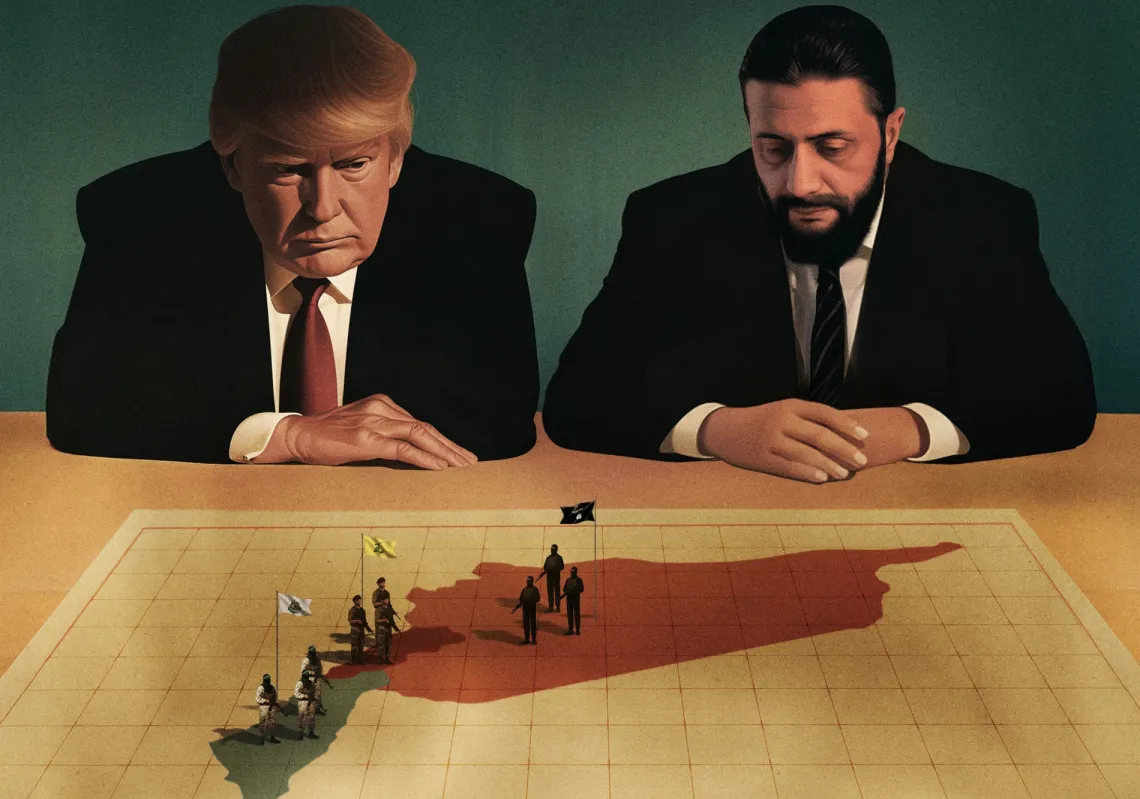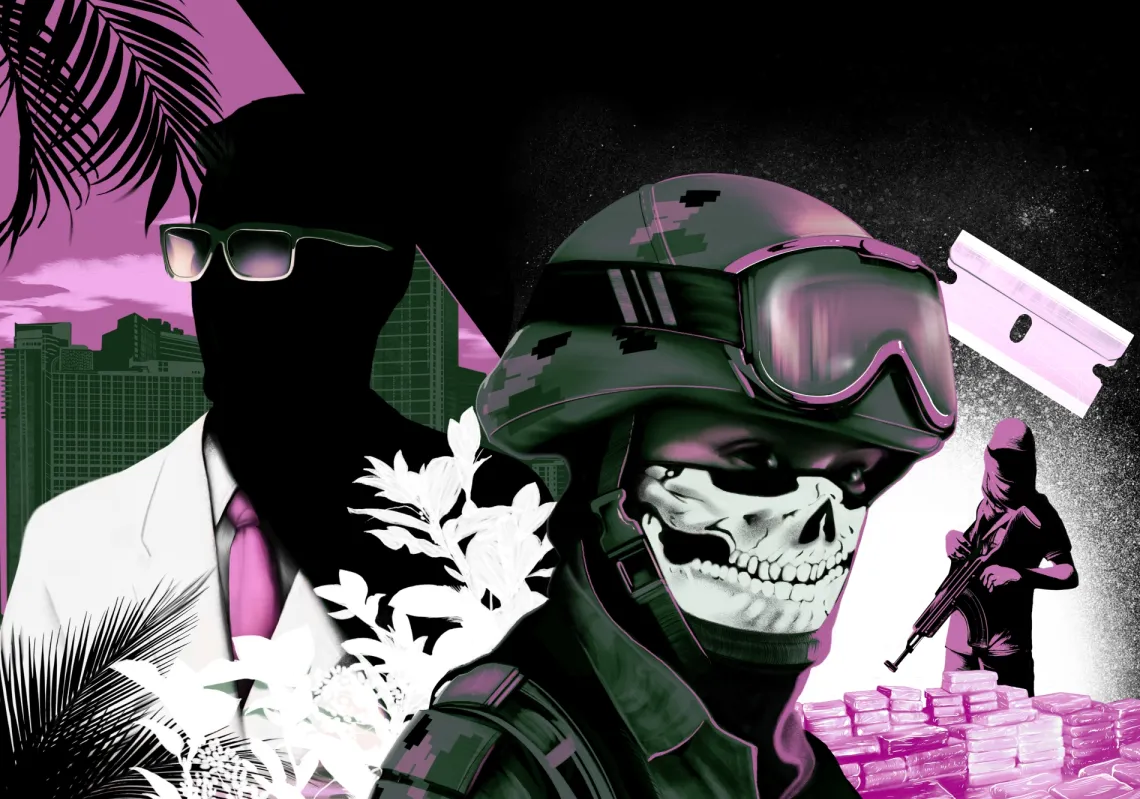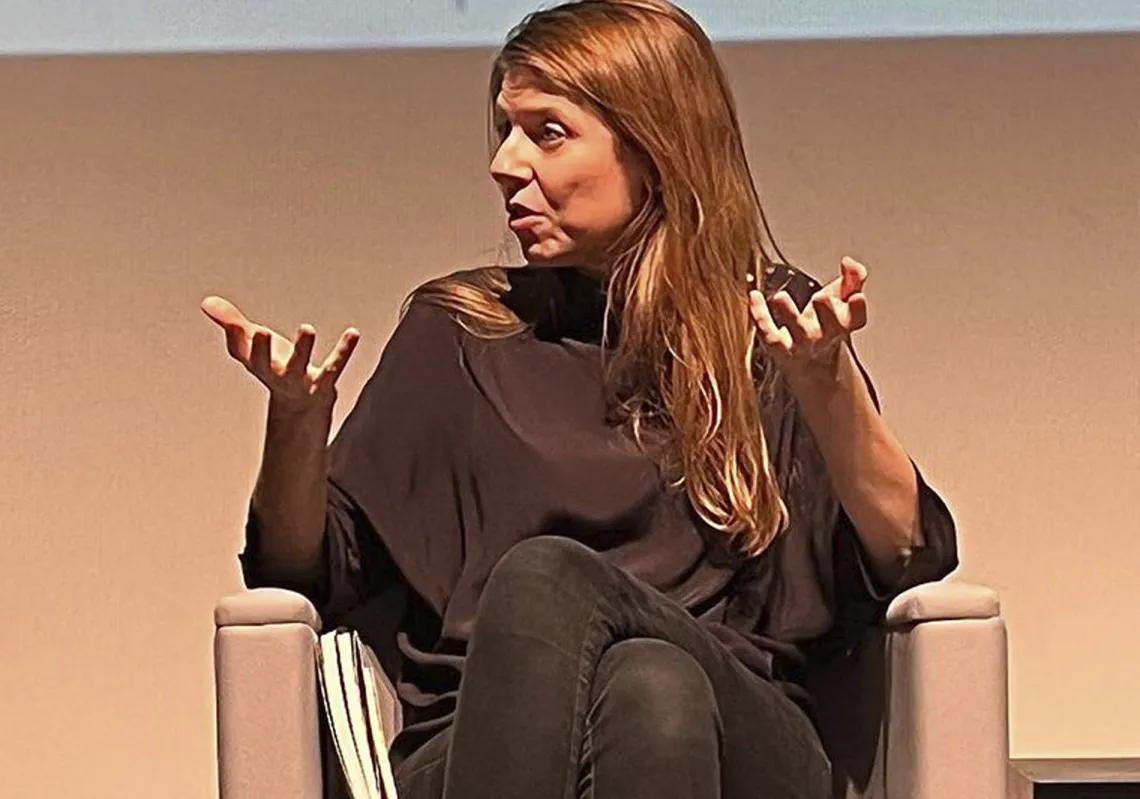Dutch writer Gerda Blees was inspired to write her first novel by a report on the death of a member of a highly unusual commune. The result, We Are Light, which won the EU Prize for Literature in 2021, is therefore loosely based on real events.
It follows four commune members who take the radical decision to stop eating and to survive on light and air. This decision costs the protagonist, Elisabeth, her life. Each of the 25 chapters has a different narrator, yet each begins with the words ‘we are’. Those narrators not only include people but also dementia, doubt, Elizabeth’s body, the night, and bread, each making their own unique contribution to the novel.
Blees first published We Didn’t Think About Dying, a selection of short stories, in 2017, when she was in her early 30s. A year later, she published a poetry collection, Wandering Lights. We Are Light has now been widely translated, including into English and has been nominated for the Dublin Literary Award.
The Amsterdam-born writer, who was part of a Buddhist movement for about ten years, spoke Al Majalla about the idea for the book, how she decided to give light itself a voice, her second novel, and the “magic” of translation.
We are Light has been widely praised for its unique narrative style. What led you to structure it in this way?
The novel's starting point was a news story about a commune of four people who had resolved to try to live as breatharians, feeding themselves on air and light instead of food. It became national news when one of the four died of malnutrition. I decided to use this as a starting point to find out how people can collectively come to such extreme behaviours.
I knew straight away that I wanted to do this by looking from multiple points of view. However, when I started writing the first chapter from the point of view of the doctor who was called in to determine the cause of death, I felt the doctor’s perspective didn’t add much insight to the story.
I had already invented a song the group members sing together: ‘We are light, we are love, we are sounds all around.’ Suddenly, I thought: what if light could speak? What would it say? If light can talk, who or what else can I give a voice to?
Quickly, I came up with a whole collection of unconventional narrators: the night, doubt, the scent of an orange, and a slow juicer. I decided to tell each of the 25 chapters in a different voice, each shedding its own light on the dynamics that made the commune fall into an unconventional lifestyle that finally killed one of their members.
Did You Know?
Gerda Blees' We Are Light is told through 25 different perspectives, including the scent of an orange, two cigarettes, and a lonely cello, each adding a unique layer to the story. pic.twitter.com/8D7Eni0PF5
— Dublin Literary Award (@DublinLitAward) May 9, 2025
Your novel presents a deeply unsettling yet thought-provoking exploration of idealism, manipulation, and communal living. What inspired you to write about a group trying to survive solely on light and love, and how did you craft the characters?
I’ve always been fascinated by people who act in ways that—seen from the outside—go against their own needs or interests. Not eating is a very strong example of such behaviour. Trying to overcome the basic physical fact that we need to eat to survive seems to me almost an attempt to beat reality itself. I was curious how people could come to such a strong conviction, and how they could keep holding to it even when it killed one of their group members.
To craft my characters, I did a lot of research on the real commune that I based my story on. They had an elaborate blog about their way of living. I also drew on my own experiences living in communes and communities. I’d seen all kinds of power dynamics and experienced the many subtle ways that people—myself included—can manipulate others with lovely language about community and higher ideals.
The story unfolds through multiple perspectives, including unconventional narrators. Why did you use these unique viewpoints, and how do they shape the reader’s understanding of Elisabeth’s fate?
Each narrator has a different window on the story: their knowledge, attitude, and characters determine how they look at what has happened. This gave me the opportunity to look from many angles and balance the different kinds of judgments we make about the characters.
For example, at some point, I realised that it was very difficult for me to sympathise with the most dominant character, Melodie, the younger sister of Elisabeth. I decided to tell one of the chapters from the point of view of her wool socks, who love her. This really helped me think about why Melodie would keep denying that their lifestyle has killed her sister.
As well as helping my understanding, there was also a strong element of playfulness. It was fun to invent what the scent of an orange would know and think, or how dementia would speak. The story itself is quite heavy, and to tell it in this way helped me add some humour and lightness.












